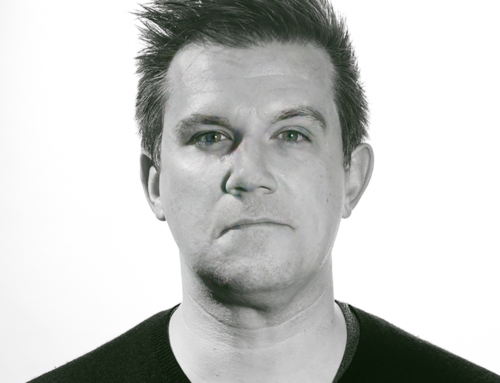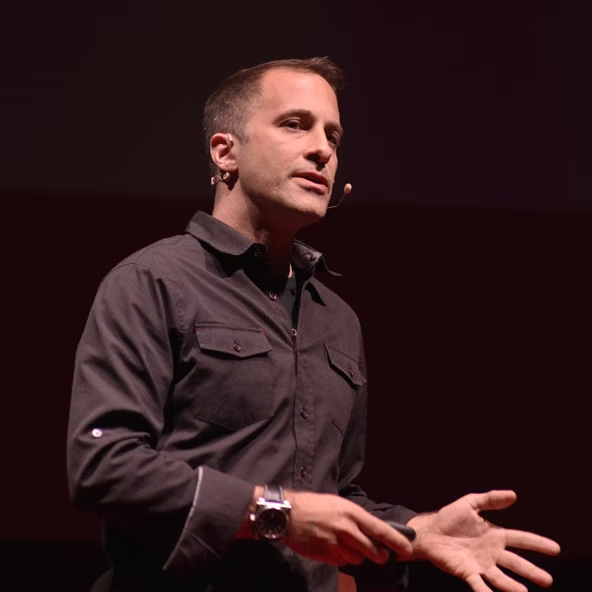
Healthcare in the United States is an incredibly polarizing issue. The politics have been gridlocked for a decades. President Obama forced movement in the mechanics of health care in the United States with the ACA. But politics are not the sole driver of how health care works in the USA. The root of healthcare is people: Patients and Doctors. And these basic stakeholders are the key drivers in possible change to the American Healthcare system.
In Future Studies, a weak signal is an indicator of change that only exists in the fringe. By definition, it is not yet visible in the main stream. But it’s bubbling up in a way that may impact future. Today’s weak signal of change may be tomorrow’s celebrated triumph.
A weak signal of change in the United States Healthcare system that should be paid attention to is Direct Primary Care. Direct Primary Care, or DPC, is a rising movement in the healthcare system that rejects the United States Insurance based fee for service system and replaces it with a subscription model. A modest monthly fee gives patients 24/7 access to a physician that is focused on building relationships with their patients. The seed of Direct Primary Care was planted in the 1990’s as expensive Concierge doctors in dense urban areas providing personal physician access to the elite. By the mid 2000’s Direct Primary Care was beginning to sprout up, catering to younger patients, with monthly access subscriptions starting in the $25 a month range. Because the overhead of managing claims reimbursements is removed the average Direct Primary Care physician has about 350 patients, with a target of just under 600 patients to be very profitable. In contrast, the average Insurance based PPO primary care physician carries around 2000 patients, and sometimes more, to support their claims overhead and make a profit. Today the Direct Primary Care trend is undeniable, with DPC practices growing by more than 500% between 2014 and 2017, and total patients served increasing from just less than 6000 to over 173,000 in the same time frame.
Another weak signal is that there are Employers in the United States experimenting with reducing costs and increasing employee satisfaction with healthcare by adding DPC to their employer sponsored health plans. These employers’ DPC options are offered to employees paired with catastrophic insurance stop loss plans. Employees still have the protection and coverage available in case of a major illness while enjoying day to day care with a DPC doctor that has time to build a personal relationship with them and their families.
Futurists building Scenarios about the Future of Health Care in the United States should pay attention to these weak signals. Direct Primary Care may be in the Future for many more Americans’ Health Care.





